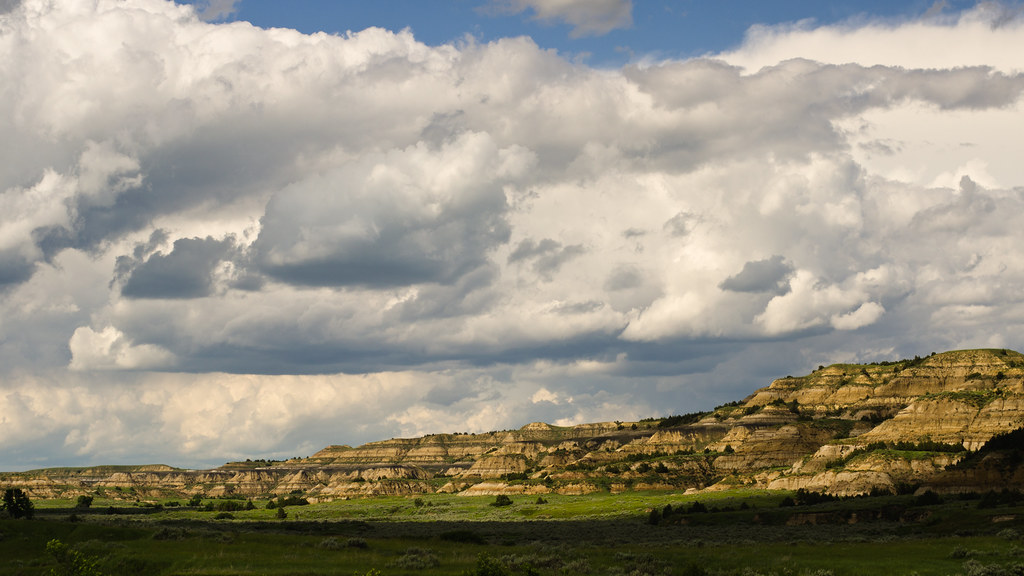
National Parks in North Dakota and More to See
We may earn money or products from the companies mentioned in this post.
When it comes to the natural scenery of the United States, the beauty of North Dakota is rarely mentioned. The state features a wide variety of terrain, from the Great Plains to gently sloping hills to dense woods.
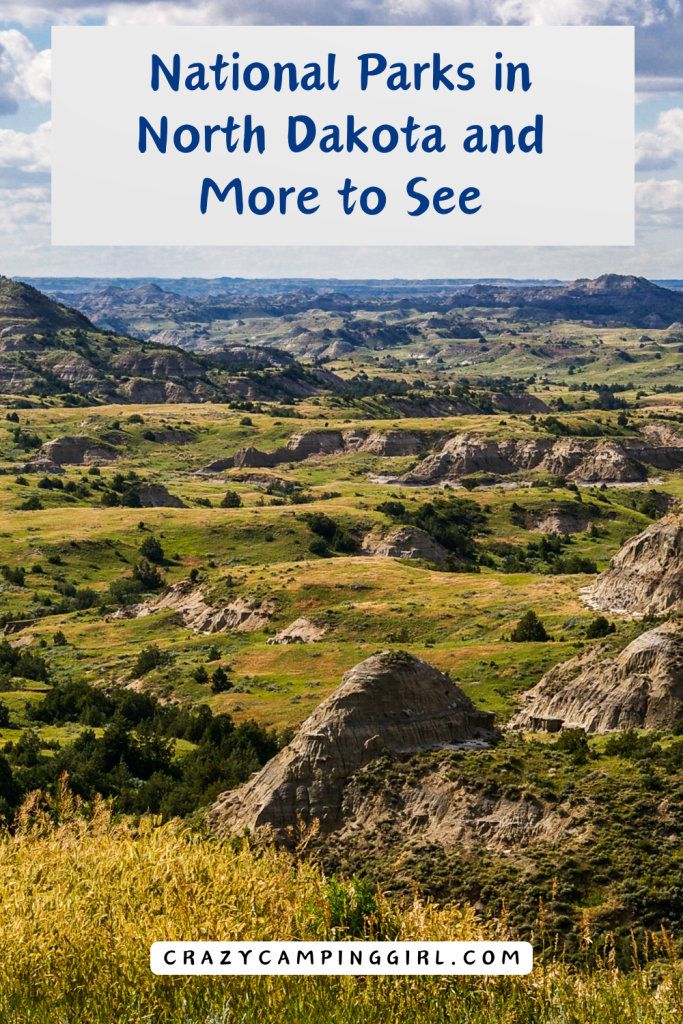
North Dakota’s National Parks have various attractions, including historic forts, stunning landscapes, spectacular parks, and storied paths. A place with many hiking trails and waterways to discover.
State and National Parks in North Dakota offer access to the rich history and underappreciated natural beauty. Let’s take a trip to North Dakota’s Great Plains and enjoy the NPS-protected areas.
National Parks in North Dakota
Due to their isolation, the National Parks of North Dakota are among the United States’ best-kept secrets. North Dakota is home to a single national park, but visitors can enjoy four other historic sites and trails within the state.
Badlands National Park
Badlands National Park in southwestern South Dakota is the largest federally protected mixed grassland. There is no human habitation in sight, making this the ultimate desolation. This area, battered by weather and sea, has taken on a lovely quality.
The Badlands are a fantastical landscape of towering buttes, deep valleys, and strange, multicolored pinnacles. There have been discoveries of fossilized remains of various prehistoric animals, such as camels, three-toed horses, and rhinoceros-like monsters,
The Buffalo Gap National Grassland surrounds the Badlands on three sides. Animals are free to explore the park grounds. Bison, pronghorn, prairie dogs, mule, white-tailed deer, coyotes, turtles, snakes, butterflies, vultures, and hawks are just some animals tourists can see.
The Badlands are a fantastic location for various outdoor activities, including hiking, fossil searching, and scenic drives. The Badlands’ dark sky allows visitors to see stars, constellations, the Milky Way, galaxies, and moons. Between Memorial Day and Labor Day, park rangers host night sky viewings at the Cedar Pass Campground Amphitheater.
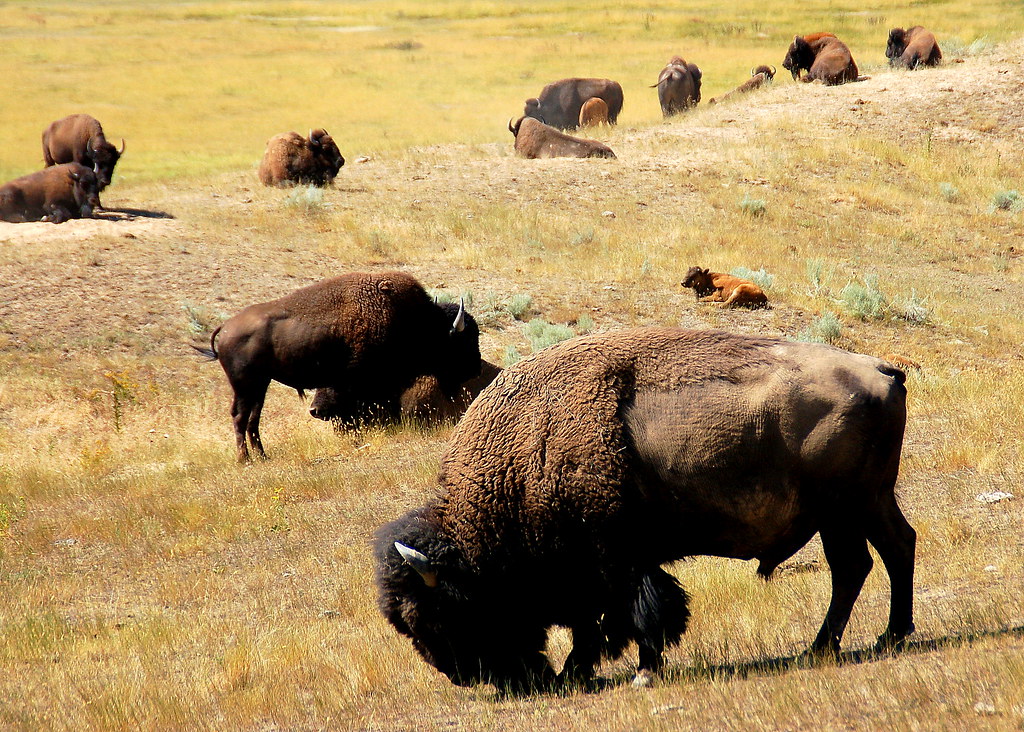
Theodore Roosevelt National Park
Theodore Roosevelt traveled to the Dakota Territory in 1883 to pursue bison hunting. After a successful hunt, he bought the Chimney Butte Ranch, also called the Maltese Cross Ranch, and began his career in the cattle industry.
With the Maltese Cross Cabin, he could return to his old way of life in the west. The hard living and rugged landscape TR encountered here influenced environmental protection policies from which we continue to benefit today.
On the outskirts of the National Grasslands, which are a hybrid of prairie and BadlandsBadlands, you’ll find Theodore Roosevelt National Park. The Maah Daah Hey Trail links the South, North, and Elkhorn Ranch Units, which make up this North Dakota national park. There is also a ranch owned by Theodore Roosevelt called the Elkhorn Ranch Site.
The park covers approximately 70,000 acres and is home to various badlands, rivers, wildlife, and colorful canyons. It has breathtaking natural scenery, enormous animals, and stunning vistas. Planning your next excursion in the park can involve any of the following.
- The park features two campgrounds, Juniper and Cottonwood campground. Every camping spot is a basic one.
- Painted Canyon Visitor Center: Accessible public restrooms, water fountains, vending machines, a public telephone, and wildlife observation platforms are all available here.
- Wildlife viewing: The Park is home to various species that visitors can observe. There are a wide variety of animals in the park, including bison, mule deer, white-tailed deer, elk, wild horses, prairie dogs, and even Golden Eagles.
- Horseback riding: You may view the badlands of North Dakota like Theodore Roosevelt did by riding a horse across them.
- Hiking Trails: The Park’s North Unit and South Unit both feature nature trails ideal for hikers. Here, you can find Spectacular scenery on the routes in the wilderness.
- Scenic drives: While the Badlands is the primary draw to these scenic drives, exhibits also describe the area at scenic lookouts.
Best State Parks
North Dakota’s state parks provide access to the state’s rich history and vastly underappreciated natural beauty.
Lewis & Clark State Park
Lewis and Clark State Park is on a secluded peninsula in Lake Sakakawea’s upper bays. You’ll find breathtaking vistas, a pristine coastline, and imposing bluffs. It’s an attractive state park that caters to hikers and beachgoers both.
In addition, its native mixed-grass grassland is the largest in any North Dakota state park. This park has excellent vantage points of the Badlands in North Dakota. The park’s rocky backdrop of towering buttes and rolling hills is visible from the park’s miles of seashore.
Attractions include a marina where visitors can rent boat slips and launch their vessels and other state-of-the-art watercraft amenities. The walleye, sauger, and northern pike fishing here is world-class. Hiking a self-guided nature walk, guests can get to know the park’s native plant and animal groups.
There are two cabins for campers to use in the off-season at Lewis and Clark State Park. You’ll find the Clark and Lewis cabins along Lake Sakakawea’s shoreline. Visitors can also use the day-use beach and swimming area on the east coast of the campground. It is possible to rent various watercraft, such as kayaks and canoes, as well as paddleboards and snowshoes.
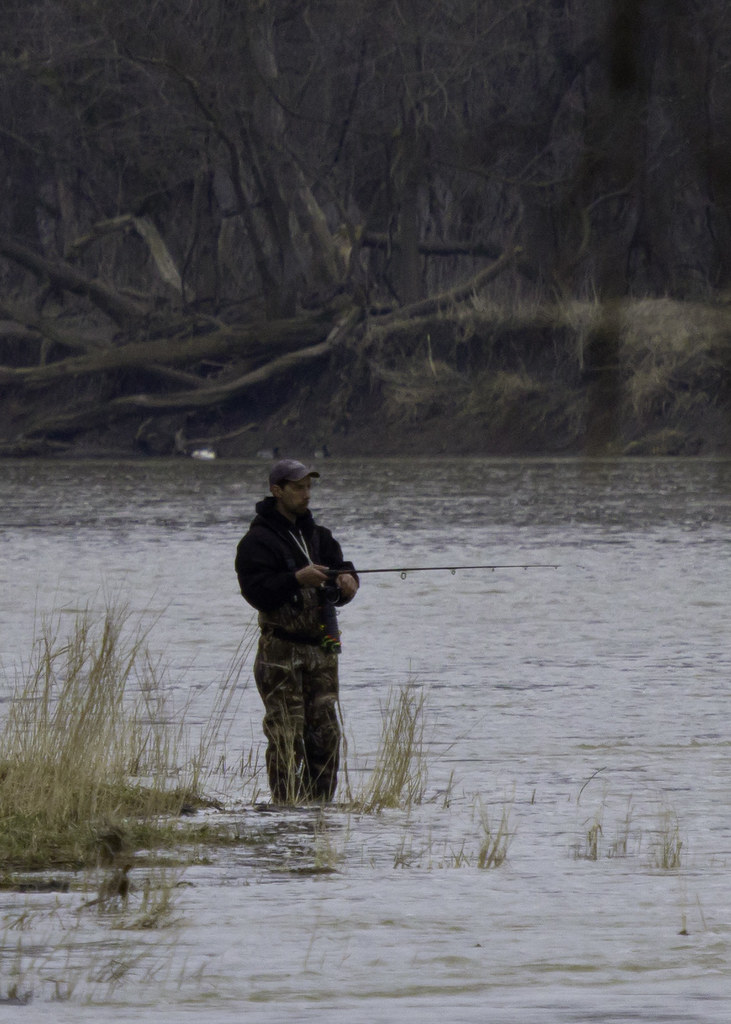
Fort Abraham Lincoln State Park
Fort Abraham Lincoln State Park combines natural beauty with historical significance, making it an unforgettable destination. This park is not far from the Missouri River and has beautiful nature trails and many old buildings.
Take your time wandering the various historic buildings and communities. The Custer Home and the Mandan Indian Village are two of the attractions. Six earth lodges scattered across the community are each built in a style popular among the Northern Plains tribes.
The Custer House displays historical artifacts such as a battlefield, supply station, and grain silo. You may also go hiking, horseback riding, and mountain biking. Travel back in time and explore On-a-Slant Village, a collection of earth lodges once home to the Mandan Native Americans.
Experience what it was like to live as a frontier soldier at the historic Custer House, once known as Fort Abraham Lincoln or Fort McKeen. Visitors can go on a living history tour of the officer’s quarters and explore the blockhouses and furnished barracks.
Fort Ransom State Park
Fort Ransom State Park is a popular destination for canoeing and kayaking in the summer and cross-country skiing and snowmobiling in the winter due to its location in the beautiful Sheyenne River Valley.
Although stunning year-round, North Dakota’s fall brings the park’s full splendor. Snowfall transforms the hiking paths into a haven for cross-country skiers who can enjoy the beautiful landscape in a new way. The park is also accessible via snowmobile paths. Canoeing, fishing, and bird viewing are just a few activities at this North Dakota state park.
The park also features trails for hiking, horseback riding, and camping and includes an extensive trail system that spans 14 miles and hosts a North Country National Scenic Trail section. The annual Sodbuster Days festival, where visitors may learn about the history of Scandinavian homesteading, takes place on a historic farmstead in the park.
Grahams Island State Park
Grahams Island State Park is so mysterious-sounding that you’d be crazy not to go there. The park’s 1,122 acres make it the best place to go fishing in North Dakota at any time of year, thanks to its location on the state’s largest lake.
Grahams Island is great for outdoor enthusiasts, especially those who enjoy fishing on Devils Lake, due to its isolation and proximity to the lake. Beautiful woodland regions surround the park’s pathways and campsites. In the autumn, these places take on a charming hue.
Winter is just as enjoyable as summer, and you’re welcome to visit whenever it suits you. Visitors to Grahams Island State Park in the winter often engage in the popular sport of ice fishing. There is enough to do at the Park, even if ice fishing isn’t your thing.
Cross-country skiers, snowshoers, and winter hikers can still enjoy the routes. The park is excellent for outdoor activities throughout the year due to its stunning year-round landscape and convenient access to trails, boat ramps, campsites, and more.
It’s a state park with lots of trees and a beautiful lakefront. The park is home to various fishing events on both a national and regional scale, and it features a bait shop, a four-lane boat ramp, and a fish cleaning facility. You may get some stunning scenery shots of the lake and its surroundings from the Thompson Activity Center.
Lake Metigoshe State Park
Lake Metigoshe State Park, located at the base of the Turtle Mountains, is a vast expanse of beautiful scenery and photo ops. Lake Metigoshe, always sparkling, is never out of sight. Beautiful scenic routes are available, as are opportunities to paddle and fish.
The park is North Dakota’s most significant and borders Canada on two sides. The park is distinctive from the rest of the state because of its beautiful lake and wooded hills, which sharply contrast with the state’s BadlandsBadlands and grasslands.
The Chippewa called it “Metigoshe Washegum,” which means “clear water lake encircled by oaks.” Northern pike and walleye fishing attract anglers from all around the world. Hikers frequent the Old Oak Trail and National Recreation Trail in the park.
This 1,551-acre park in the beautiful Turtle Mountains on Lake Metigoshe is a popular destination for outdoor enthusiasts and photographers all year round. In the warmer months, you can relax by the lake before going fishing, and in the winter, you can ride snowmobiles through the park’s winter wonderland.
Keep a watch out for animals like moose and deer throughout the park, as it is a wildlife sanctuary. The park’s typography is unique among others in that it is very lush and green, so it’s worth checking out if you find yourself in the vicinity.
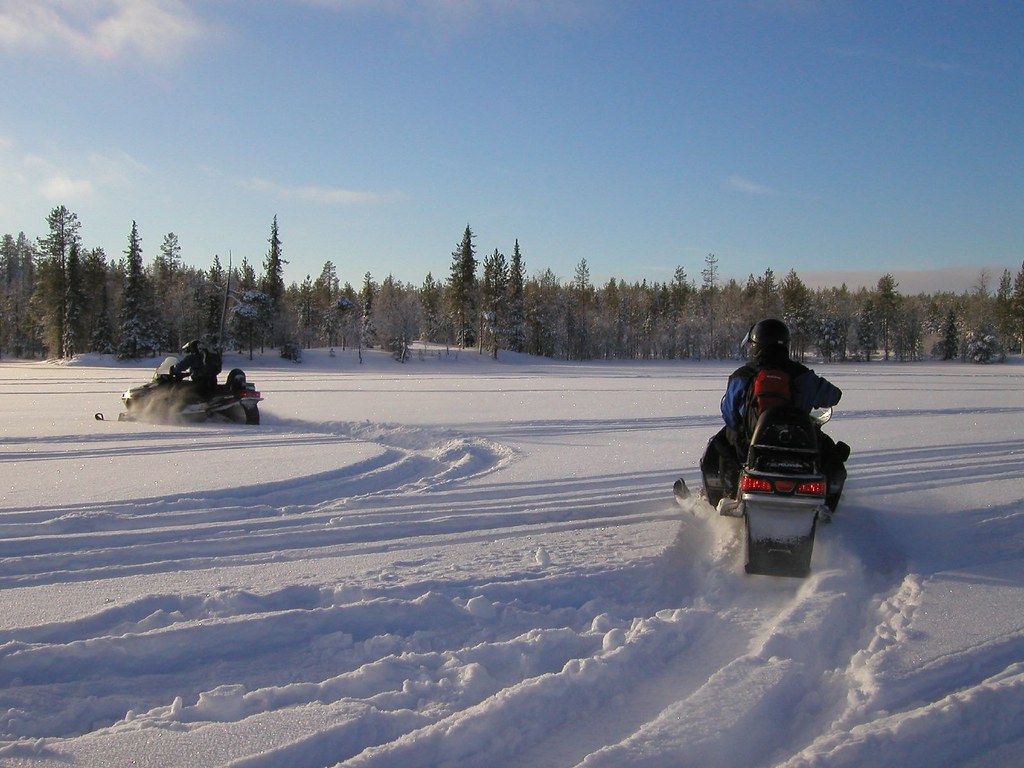
Lake Sakakawea State Park
The 1,293-acre park on the southern coast of picturesque Lake Sakakawea features some of the best salmon fishing in the state. Lake Sakakawea is one of the largest artificial lakes in the United States.
In addition to being the final stop on a trek that began in the Canadian Arctic and ended in upstate New York, the North Country National Scenic Trail ends in this park. Camping, cabins, a marina, a beach, and shelters are available at Lake Sakakawea State Park.
It is also the westernmost point of the North Country National Scenic Trail, making it a popular hiking destination. The park is well-known among birdwatchers due to the abundance of rare species frequent there.
This area is perfect for boaters, sailors, and anglers, with a sizable marina and numerous boat ramps. This park is well-liked by swimmers and sunbathers alike due to its fine sandy beach. The spacious swimming area plus the relaxing sounds of the waves are two of the most popular features among visitors.
The beach’s proximity to tent campgrounds makes a combined camping and beach weekend getaway a great possibility. You have arrived at your destination for those searching for a North Dakota state park with lake access.
Turtle River State Park
The 784-acre park on the banks of the tranquil Turtle River serves as a recreational hub for residents of eastern Kentucky all year long. The Civilian Conservation Corps built the park during the 1930s. Turtle River helps celebrate this vital part of US history.
The river is a great place to go fishing year-round due to the abundance of rainbow trout in the water. You can go fishing all year long. Wetlands are rich with native vegetation, and visitors may get up and personal with a wide variety of creatures and birds on well-maintained hiking trails.
The waterfall is a great attraction at the park. An impressive and peaceful sight, the river’s rushing water cascades down a U-shaped structure. The flow of water continues down the Turtle River. Wildlife and bird enthusiasts, as well as anglers, will adore this location. In reality, this region is home to a sizable turtle population.
There are picnic shelters, a playground, cabins, and around a hundred primary and contemporary campsites, making it an excellent place for a family vacation. A visitor center with information and equipment rental services and a theater are available. At any time of year, you may take in the natural splendor that is Turtle River, State Park.
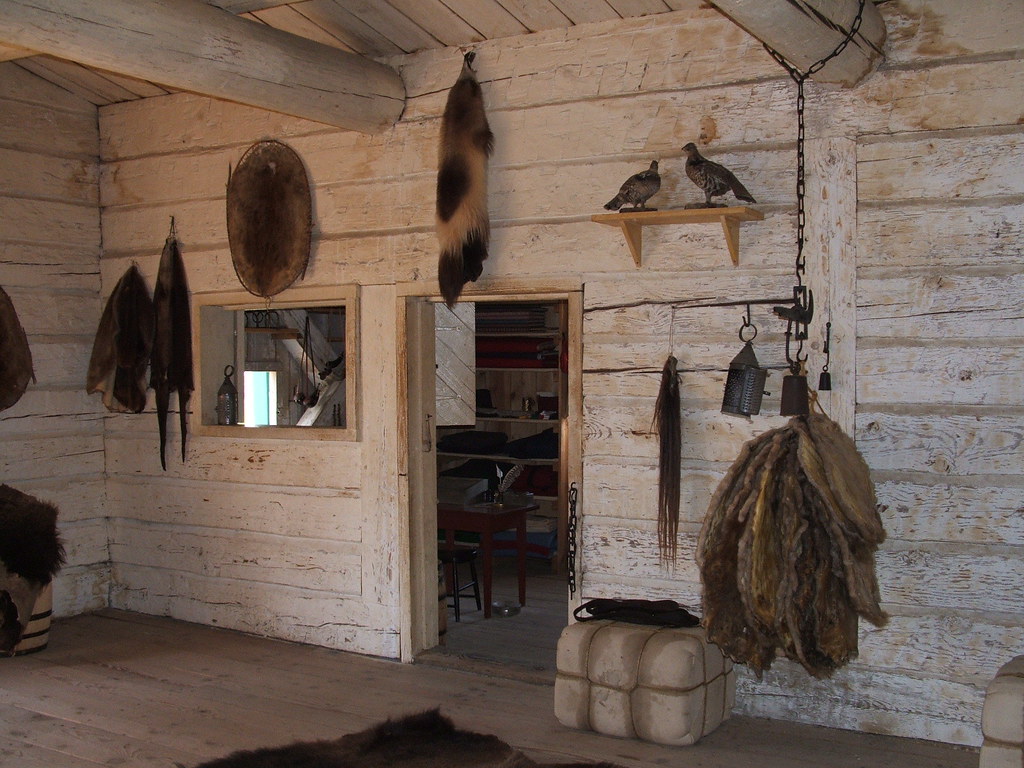
National Historic Sites
Legendary Western warriors, hardworking immigrants, and pioneers all had a hand in shaping the state of North Dakota. In North Dakota, you can visit several important landmarks.
Fort Union Trading Post NHS
Fort Union Trading Post National Historic Site, near the border between Montana and North Dakota, is a binding site for tracing the historical development of the American West. Established in 1828, Fort Union was the most important fur trade post in the Upper Missouri River for the next four decades until its decline in the 1860s.
Trade of buffalo robes and foreign things like fabric, weapons, blankets, and jewelry occurred between the Assiniboine and six other Northern Plains Tribes at this gathering. Archaeological sites, reenactments, and a wealth of information are all on the site. Guests can take self-guided or ranger-led tours to learn more about the historic trading post.
Get excited about your visit to Fort Union by watching an outstanding film about it. The film barely lasts 9 minutes, and it’s available at the museum’s video kiosk every time Bourgeois House is open to the public. The Bourgeois House also serves as the park’s hiking trail, information booth, and gift shop.
Knife River Indian Villages National Historic Site
The Knife River Indian Villages National Historic Site is a fantastic place to spend a few hours or a full day. Until the arrival of European fur traders in the 1750s, the Northern Plains Indians called this area home. Please view the Buffalo Bird Woman orientation video upon arrival.
Three routes of differing lengths are available for hikers. The distances between these trails are roughly the same: around six miles for the Two Rivers Trail, about two miles for the North Forest Trail, and about a mile for the village Trail.
There are many ruins of Native American village sites along the historic trails. For hundreds of years, this location served as a significant marketplace for Native Americans. After 1750, it became an important market for fur traders. A typical tour can include the following.
- Stopping by the museum.
- Touring the On-A-Slant Indian Village, which is a full-scale reconstructed earth lodge.
- Strolling through the Hidatsa Garden.
- Hiking through the village trail.
It is common for tourists to visit the Knife River Indian Villages as part of a more extensive itinerary that includes the Lewis & Clark Interpretive Center and the Fort Mandan site, both of which are nearby Washburn. Those landmarks offer a more in-depth look at the time the Corps of Discovery spent in North Dakota, including the pivotal encounter with Sakakawea.
There is a nice campground in a beautiful wooded location next to the Heart River, with picnic tables and a playground. Examine the way of life of the indigenous peoples that inhabited the Upper Missouri Valley in the Northern Plains -Take in the fine quality of various garments, bags, and tools used in ritual and everyday life.

National Scenic Trails
The National Scenic Trails system of hiking and bike trails showcases the US’s remarkable biodiversity and beauty. One hundred miles of non-motorized continuous trails make up these routes.
Lewis & Clark National Historic Trail
For its entire length of 4,900 miles, the Lewis and Clark National Historic Trail travels through the homelands of more than 60 different indigenous groups. It follows the historical routes taken by Lewis and Clark on their way to and from the Pacific Ocean in 1803-06 from Pittsburgh, Pennsylvania.
Find the people, locations, and stories that comprise the expedition’s complicated legacy by following the clues. To honor the Lewis & Clark Expedition of 1804-06, a trail bearing their names now stretches across 16 different states.
The path is not a hiking trail, but there are plenty of places to hike, canoe, or ride horses. Lewis and Clark led a party of 30 people across the United States from the Midwest to the Pacific coast, and you can follow in their footsteps.
The route connects fifteen points in North Dakota, including the National Historic Site, the Fort Union Trading Post, the Three Affiliated Tribes Museum, and the Fort Abraham Lincoln State Park. Learn about the Lewis and Clark expedition at the Lewis and Clark Interpretive Center.
North Country National Scenic Trail
Visit the North Country. Go hiking in the mountains and valleys. Walk along the borders of glacial lakes and rivers formed 10,00 years ago. The terrain has the colors of clear running water, the scarlet and gold of fall, the white wonderland of snow, the broad prairies, and the far vistas.
Many of the stops along the journey are at historical sites that detail the early history of the United States. Traveling across eight northern states, the North Country National Scenic Trail offers tourists various satisfying experiences, from bird-watching to hiking.
The route encompasses many landscapes and cultural monuments from lowlands to peaks, urban centers to rural outposts, and everywhere. Each new season brings its unique pleasures.
The beautiful National Parks in North Dakota have not one but two fantastic hiking routes. The North Country National Scenic Trail is great for hiking or bird-watching. The trail connects many natural, historical, and cultural landmarks through eight northern states. Cities large and small, valleys, and hilltops are all visible.
Final Thoughts on National Parks in North Dakota
North Dakota is a haven for those who value independence, exploration, peace & quiet. The Missouri River, the golden meadows, and the Badlands are just a few of the many beautiful and intriguing natural features that you can find in this region. Get out into the open air and on a picturesque drive.
